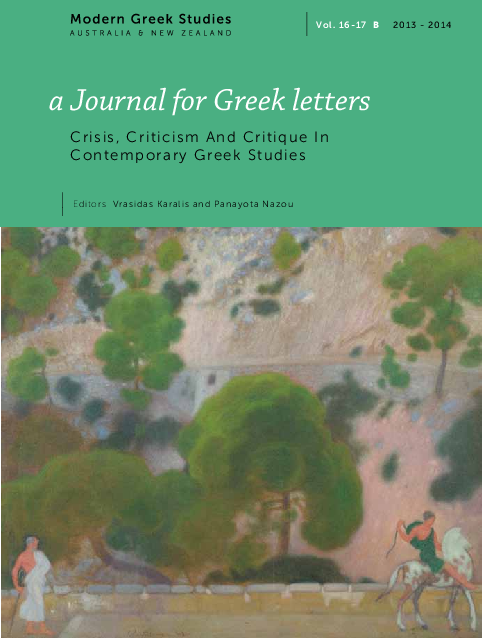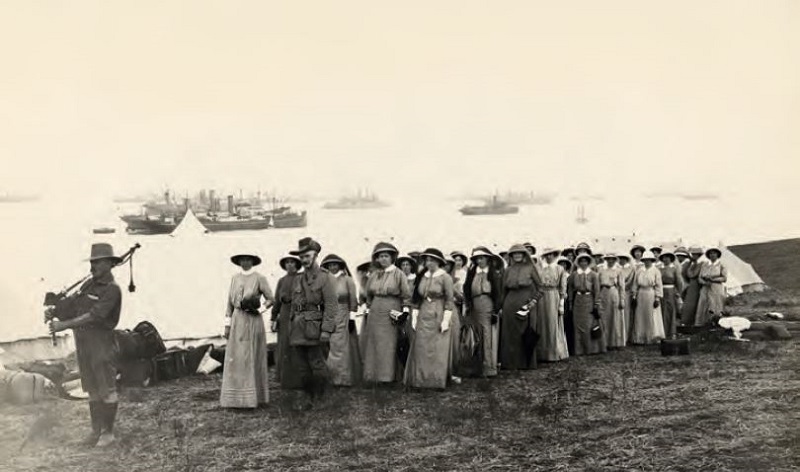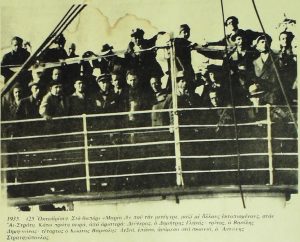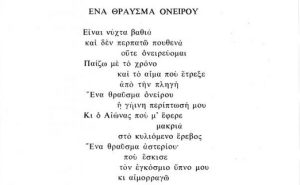Addressing the Lemnos heritage of Gallipoli and its forgotten foundations
Αρθρογράφος: Yiannakis N.John
Έκδοση: Περιοδικό Modern Greek Studies (Australia & New Zealand) τόμος 16-17: Crisis, Criticism and Critique in Contemporary Greek Studies, 2013-14
Γλώσσα: Αγγλική
Αριθμός σελίδων: 23 (Σελίδες 103-125)
Θεματολογία: Ιστορία
ISSN: 1039-2831
Περιγραφή: Despite the Greek island of Lemnos being just 100 kilometres from the Gallipoli peninsula and having played a crucial role in the eight month Dardanelles campaign, the island is virtually unknown to most Australians. While there is much written about Gallipoli, Lemnos is not usually included in this discourse. Though the popularity of pilgrimages to Anzac Cove continues to grow, Lemnos remains a neglected corner of the physical site and of the historical accounts of Gallipoli. It has been marginalised over time and is not conceptualised as part of the Gallipoli campaign. Yet, it was vital to the military encounter.
Much of what has been recorded and written about Lemnos deals with the establishment and operation of hospitals on the island for the wounded from Gallipoli. The medical facilities on the island are a relatively well-known element of the Gallipoli narrative. Less known are the recuperative, recreational, entertainment and other activities that took place on the island. Also overlooked by much of the existing scholarship is the fact that activities on Lemnos both preceded and succeeded the landings and evacuation of the peninsula. Mudros Harbour was the point at which the various Allied forces began to assemble some months prior to the 25 April landings and Lemnos was also the place where many of those evacuated from Gallipoli were taken. Furthermore, according to various writers including the Head of the Centre for Historical Research at the National Museum of Australia, Peter Stanley, another Gallipoli legend began on Lemnos: John Kirkpatrick Simpson’s donkey Murphy was acquired on the island (Cochrane 1992). Lemnos can therefore claim to have a significant place in the foundational events of the Anzac mythology. It was also the location where the war with the Ottoman Empire ended in October 1918, aboard the HMS Agamemnon in Mudros Harbour. Yet, its importance is not known or understood by much of the Australian population. While the military and civilian links between Australia and Greece, particularly Crete, during World War Two are recognized and publically highlighted, for example, the 70th Anniversary Commemorative celebrations of the Battle of Crete in May 2011, the ties between the two countries during World War One are not.
Many questions therefore arise about the Allied presence on Lemnos, including what official knowledge existed about the island and its people before the occupation took place. How was the Allied presence on Lemnos viewed, officially and unofficially, by the Greek government of the day? Also requiring further investigation is what sort of relationships developed between the locals and the foreigners, notably the Anzacs. Did their presence disrupt or interfere with Lemnian society? What has been passed on to the local inhabitants of Lemnos about the Allied, and particularly Australian, presence? Was there any opposition to the Allied presence on the island? There is also no consideration given to the social, political, economic and perfunctory effects the arrival of 20th century technologies had on the people and structures of this remote Greek island that still functioned as a rural subsistence community. This paper aims to help with the process of re-animating the vital heritage of Lemnos by exploring areas of neglect and suggesting new research so as to help re-dress the island’s marginalisation in the history of Gallipoli and World War One.
Ψηφιακό περιεχόμενο (link)











